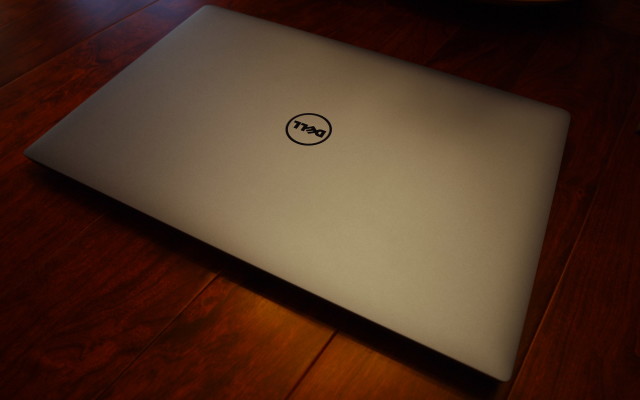Running off of an encrypted root filesystem has been one of those things that never seemed to float to the top of the todo list. However, back in December (2018, this article lived in the drafts bin for quite some time), it finally made it to the top of the todo list. At the time, one was preparing the Dell XPS 15 9550 to replace the Ideapad s405 for travel. Encrypting everything seemed prudent for a travel laptop.
As of the writing of this article, LUKS is the standard way of encrypting a filesystem in Linux. Generally, a boot loader is used to kick off an initramfs which loads the basics (need LVM, dm-crypt, and LUKS) and prompts for the passphrase for decrypting the root filesystem. If you’re fine with running a boot loader, most guides will get you going with LUKS quite quickly.
However, running a full boot loader on UEFI systems feels archaic. There is just something about using the kernel’s built-in EFISTUB that feels more elegant. And, this is where things divert from the bog-standard path. Typically, when using the EFISTUB, one does not bother with an initramfs (compile the kernel for you known hardware set and you’re good to go). However, an initramfs is integral to having an encrypted root partition.
initramfs Woes
The first problem started with trying to get a working initramfs. Since one had not used an initramfs with EFISTUB previously, there were a few hurdles to overcome. Initially, one tried to use an external initramfs. However, the 9550 does not allow/pass UEFI parameters nicely, and using the built-in kernel command line to specify an external initrfamfs in the EFI boot partition did not work. So, the initramfs needs to be built into the kernel for the XPS15 9550. This lead to a second problem.
Initially, the initramfs that genkernel builds was tried. Unfortunately, it appears this is (as of late 2018) broken/not-suitable for situations where the initramfs needs to be bundled into the kernel. Luckily, betterinitramfs can be bundled into the kernel.
Naturally, there is one gotcha to keep in mind regarding betterinitramfs. As distributed, betterinitramfs does not populate /dev/disk/by-uuid et al. as it does not provide udev (or eudev). The end result is real root needs to be specified using /dev/BLOCKDEVICENAME rather than using PARTUUID.
Conclusion
While the setup of using EFISTUB with an LUKS encrypted root partition is a little esoteric, it is possible to get working. There are a bunch of UEFI related pitfalls waiting to snare you—different platforms will have a different mix of issues. Then again, all UEFI systems should be able to use the initramfs embedded in the kernel when using the EFISTUB boot loader. Regardless, this path is not advised for those learning about/using LUKS for the first time.
-John Havlik

